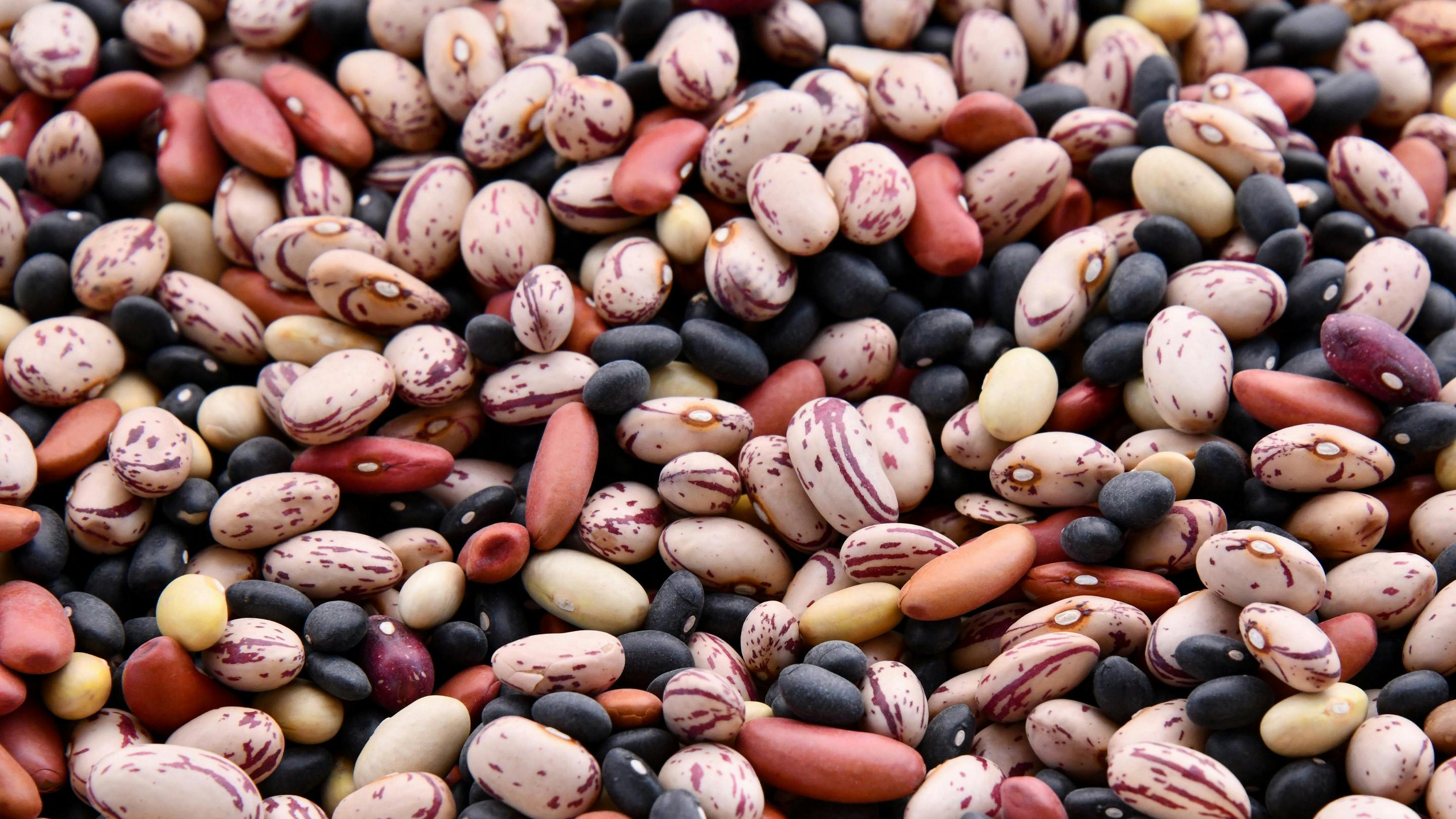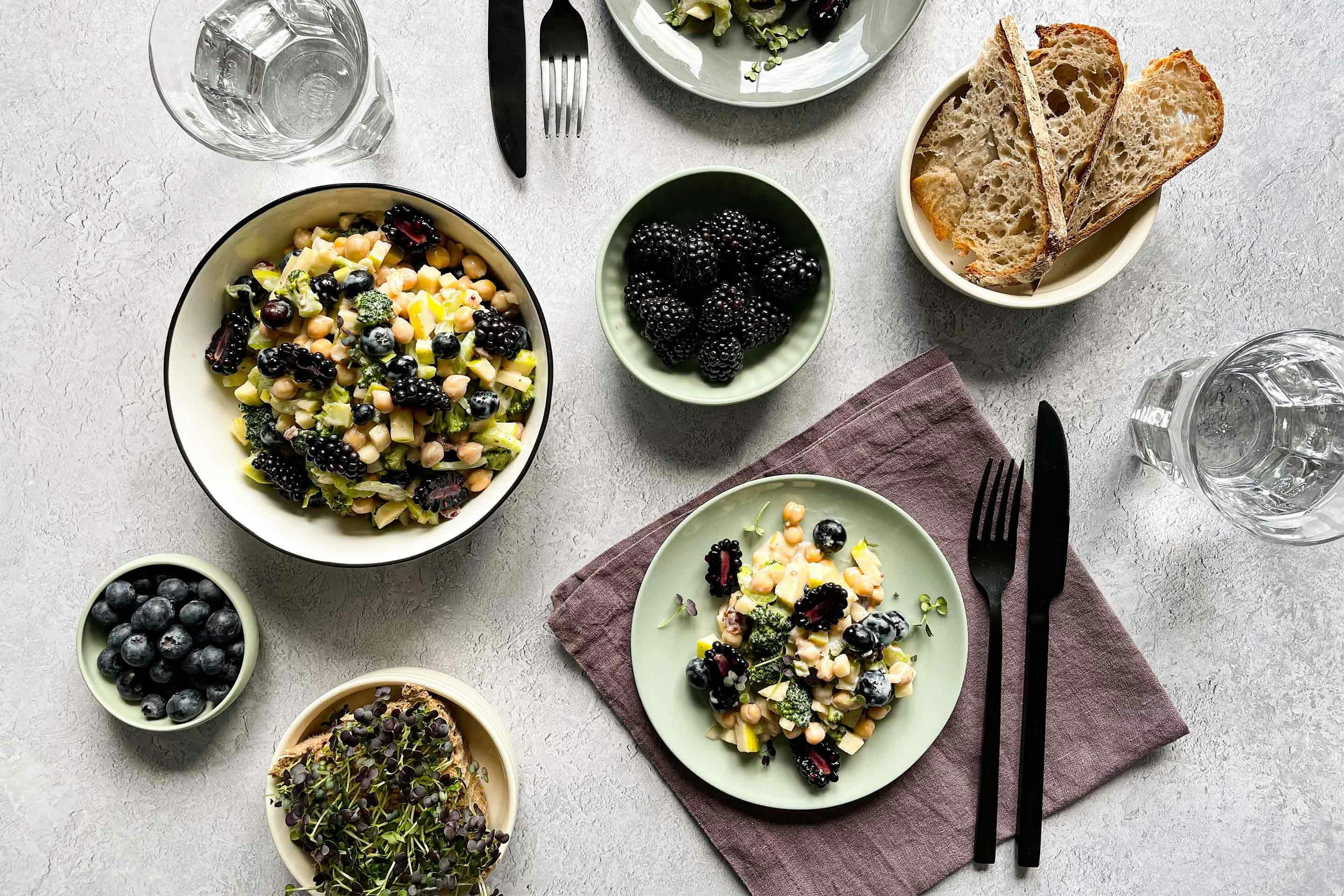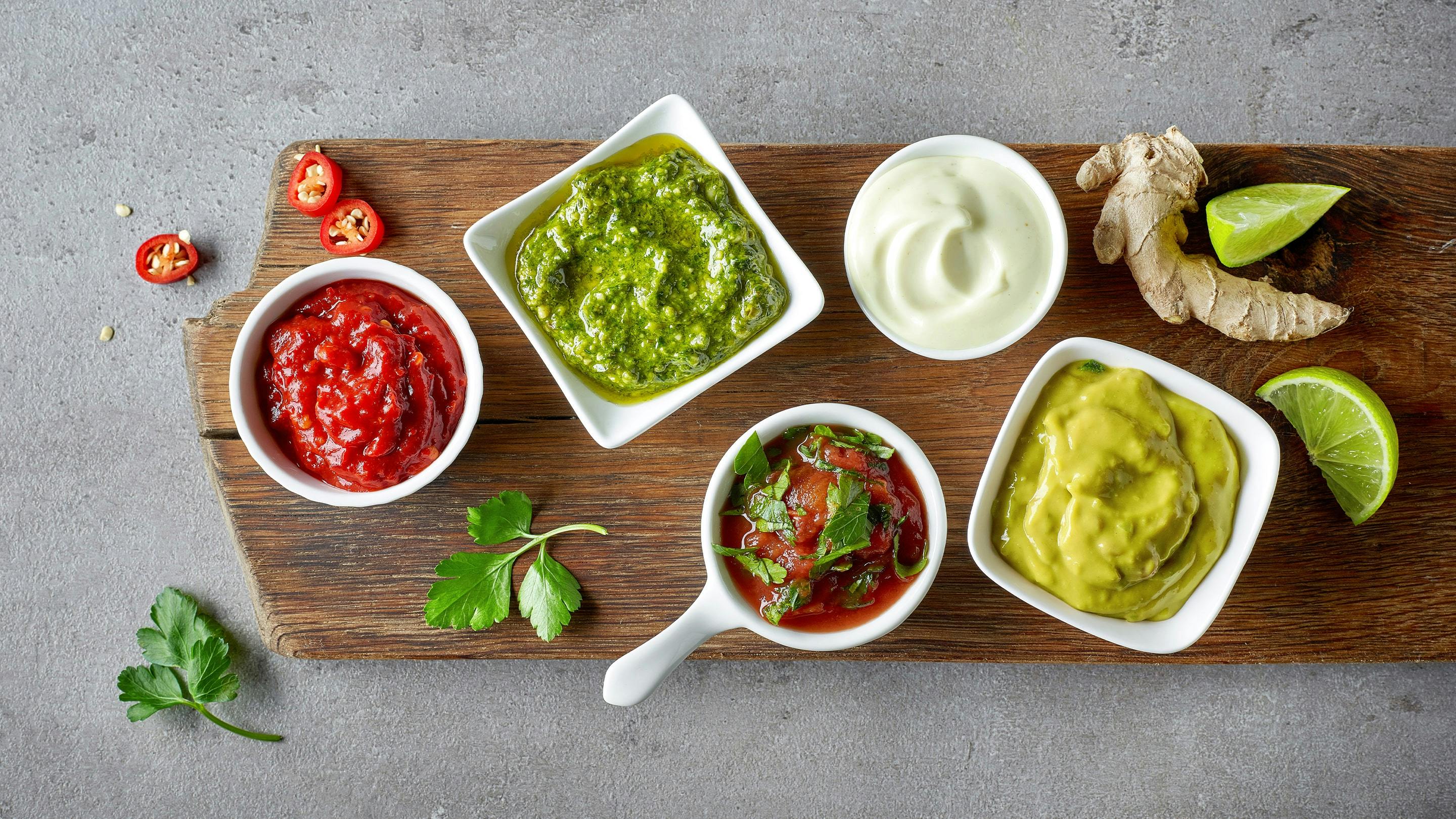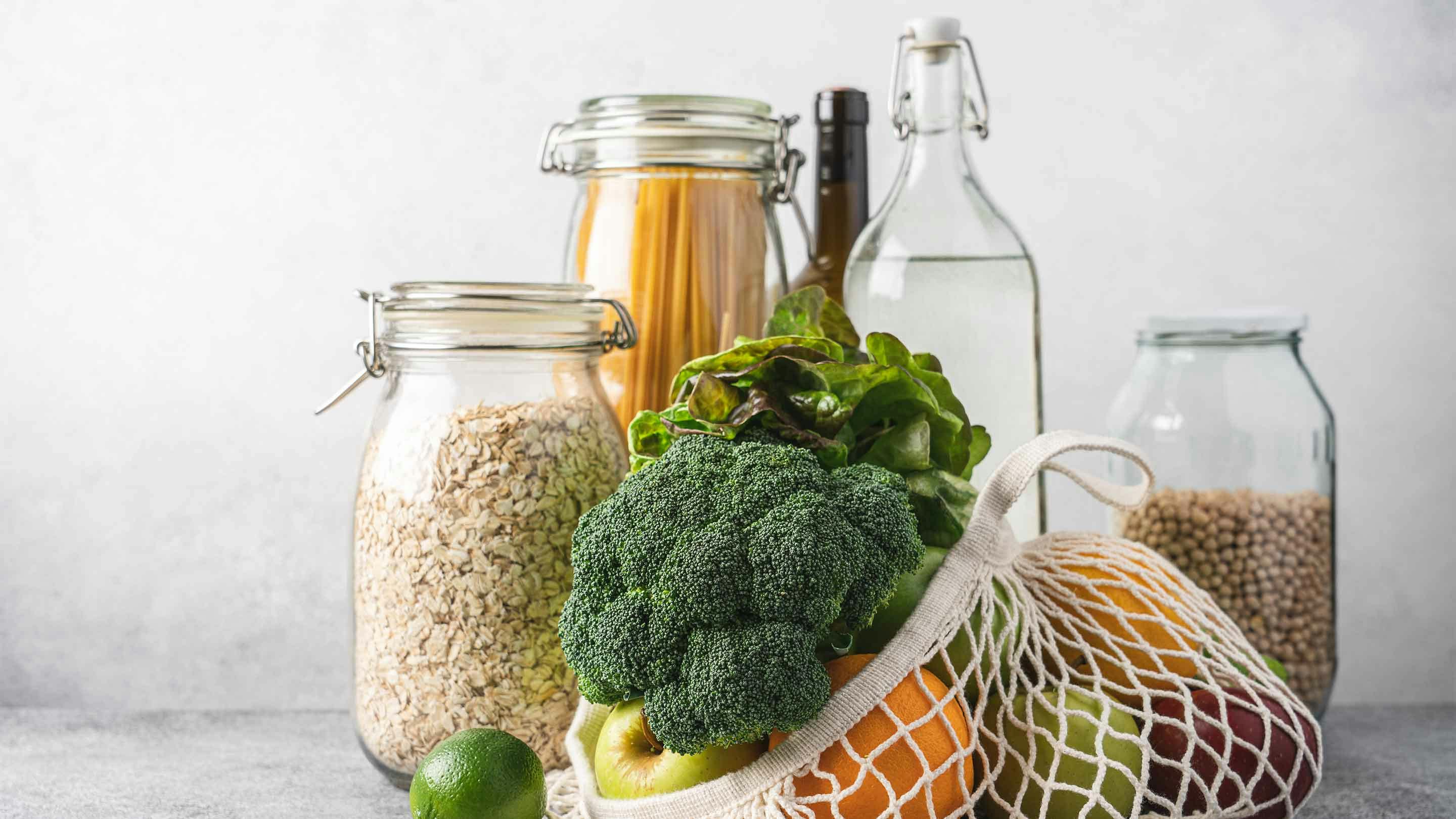Legumes are often recommended as a source of plant-based protein and fibre in a wholesome mixed diet. But which foods belong to the legume group, which nutrients do they provide apart from protein, and in which cuisines are they used?
Small but powerful sources of nutrients
Today’s post is all about beans, lentils, peas, chickpeas and soybeans. These legumes, in their different versions, represent an indispensable source of protein, vitamins and minerals, both for vegetarians and vegans as well as for varied omnivores.
Because of their high fibre content, legumes are also essential for good digestion and a low rise in blood sugar after eating. An advantage that is likely to arouse the interest of diabetics in particular. Easily storable legumes should not be missing from the stocks of forward-thinking cooks.

Take it easy with peas
Peas are considered to be particularly light legumes: they provide a particularly valuable composition of amino acids, which is important for muscles, connective tissue and the immune system. Compared to other legumes, peas have extremely little fat, but plenty of protein and fibre, which is important for healthy digestion, long-term satiety and low rise in blood sugar.
Beans: the little power packs
We know beans in many different shapes, colours and sizes. We can think of red kidney beans, the Styrian beetle beans and the green garden beans come to mind. They are all characterized by a low fat content and a high fibre and mineral content. Potassium, magnesium and iron, for example, are indispensable companions for athletes and vegetarians. But their comparatively high protein content also makes them an indispensable source of vegetable protein.
Lentils: indispensable companions
Lentils have secured their place in many kitchens around the world. Because of their slightly nutty taste, they can not only be used culinary in many places, they also provide important minerals such as magnesium, calcium, potassium and zinc and some B vitamins for a healthy nervous system. Their high proportion of complex carbohydrates make them an indispensable ingredient in a wide variety of dishes.

Chickpeas: spherical sources of carbohydrates
Chickpeas are a protein-rich addition to salads, vegetables, soups and curries and are also particularly good as the main ingredient in hummus and falafel. But chickpeas can also score highly as a source of minerals: they are rich in magnesium, iron and calcium. Compared to other legumes, chickpeas come with a lot of healthy energy in the form of carbohydrates.
Soy beans are bursting with protein
The legumes from Asia provide a particularly valuable nutrient composition and are packed with protein and essential amino acids. So it’s no wonder that these small nutrient suppliers are also processed into tofu and soy products, such as soy drinks or soy yoghurt, but also into soy sauce.
It's all about the right preparation
The most legumes, apart from some types of lentils, should be soaked in sufficient water overnight before eating or preparing. This releases components that are difficult to digest, shortens the cooking time, and makes the legumes easier to digest. Empty out the water afterwards and prepare it with caraway or fennel seeds to prevent flatulence.
Legumes: universally applicable for culinary purposes
Legumes are available raw, dried or cooked and canned and are part of many dishes from different cultures. Let’s think, for example, of Mexican tacos, Chili con and sin Carne, hummus and falafels, as well as spicy Indian curry variations that are in no way inferior to grandma’s classic risi-bisi rice pan.
The culinary journey to the land of legumes is often rounded off with exotic spices such as coriander, turmeric and ginger. If you are still looking for recipes and inspiration, you will find numerous recipes with legumes in our recipe database.
Dishes
Currently Viewing: 1 of 0
Spice up the web! Share this article on...
Read more
Currently Viewing: 1 of

























